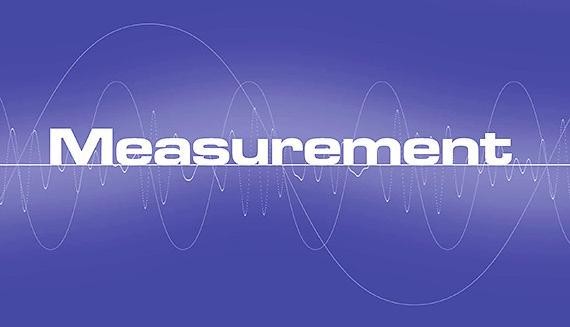W czasopiśmie „Measurement” (IF: 3,364, 200 pkt MNiSW) opublikowano dwa artykuły, których współautorem jest
dr hab. inż. Robert Hanus, prof. PRz. Prace te powstały w wyniku sukcesywnie rozwijanej współpracy międzynarodowej KMiSD. Drugi artykuł opracowano na podstawie wyników uzyskanych podczas realizacji pracy magisterskiej Mohammada A. Sattari (Kermanshah University of Technology, Kermanshah, Iran), której współpromotorem był dr hab. inż. Robert Hanus, prof. PRz.
- Roshani M., Phan G., Roshani G.H., Hanus R., Nazemi B., Corniani E., Nazemi E.: Combination of X-ray tube and GMDH neural network as a nondestructive and potential technique for measuring characteristics of gas-oil-water three phase flows.
Measurement 168 (2021),108427 (https://www.sciencedirect.com/science/article/pii/S0263224120309611).
Abstract
In this investigation, a fan-beam photon attenuation based system, including one X-ray tube and two sodium iodide crystal detectors, combined with group method of data handling (GMDH) neural network is proposed to recognize type of flow regime and predict gas-oil–water volume fractions of a three phase flow. One GMDH neural network was considered for recognizing flow patterns and two GMDH networks were implemented to predict the volume fractions. The recorded photon energy spectra from the two sodium iodide detectors were defined as the inputs of the three GMDH neural networks. The type of flow pattern and volume fractions were the output obtained from the first and the other two GMDH neural networks, respectively. Through the application of the proposed methodology, all of the flow patterns were recognized correctly except one single case. The volume fraction was also predicted with RMS error of less than 3.1.
- Sattari M.A., Roshani G.H., Hanus R., Nazemi E.: Applicability of time domain feature extraction methods and artificial intelligence in two-phase flow meters based on gamma ray absorption technique.
Measurement 168 (2021), 108474 (https://www.sciencedirect.com/science/article/pii/S0263224120310034).
Abstract
Determining the type of flow pattern and gas volumetric percentage with high precision is one of the vital topics for researchers in this field. For this, in this paper, three different types of liquid–gas two-phase flow regimes, namely annular, stratified, and homogenous were simulated in various gas volumetric percentages ranging from 5% to 90%. Simulations were performed by Monte Carlo N Particle (MCNP) code. Metering system includes one 137Cs sources, one Pyrex glass, and two NaI detectors to register the transmitted photons. Because the signals which are received from the MCNP simulations contain high-frequency noises, the Savitzky-Golay filter has been applied to solve this problem. Then, thirteen characteristics in time domain were extracted from the recorded data of both detectors. Since none of features were capable of completely separating the flow regimes, two methods as “extracting two different features from the recorded data of both detectors” and “extracting three features from the recorded data of both detectors” were proposed. Using these methods, many different separator cases were found and the best separator cases were distinguished via S parameter. Finally, two artificial neural network (ANN) models of multilayer perceptron (MLP) were implemented for each method to identify the flow regimes and approximate the gas volumetric percentages. The proposed methodology and networks could diagnose all flow patterns properly, and also predict the volumetric percentage with a root mean square error (RMSE) of less than 0.60. Increasing the precision of two-phase flow meter by extracting time-domain features and signal processing techniques is the most important advantage of this study.






